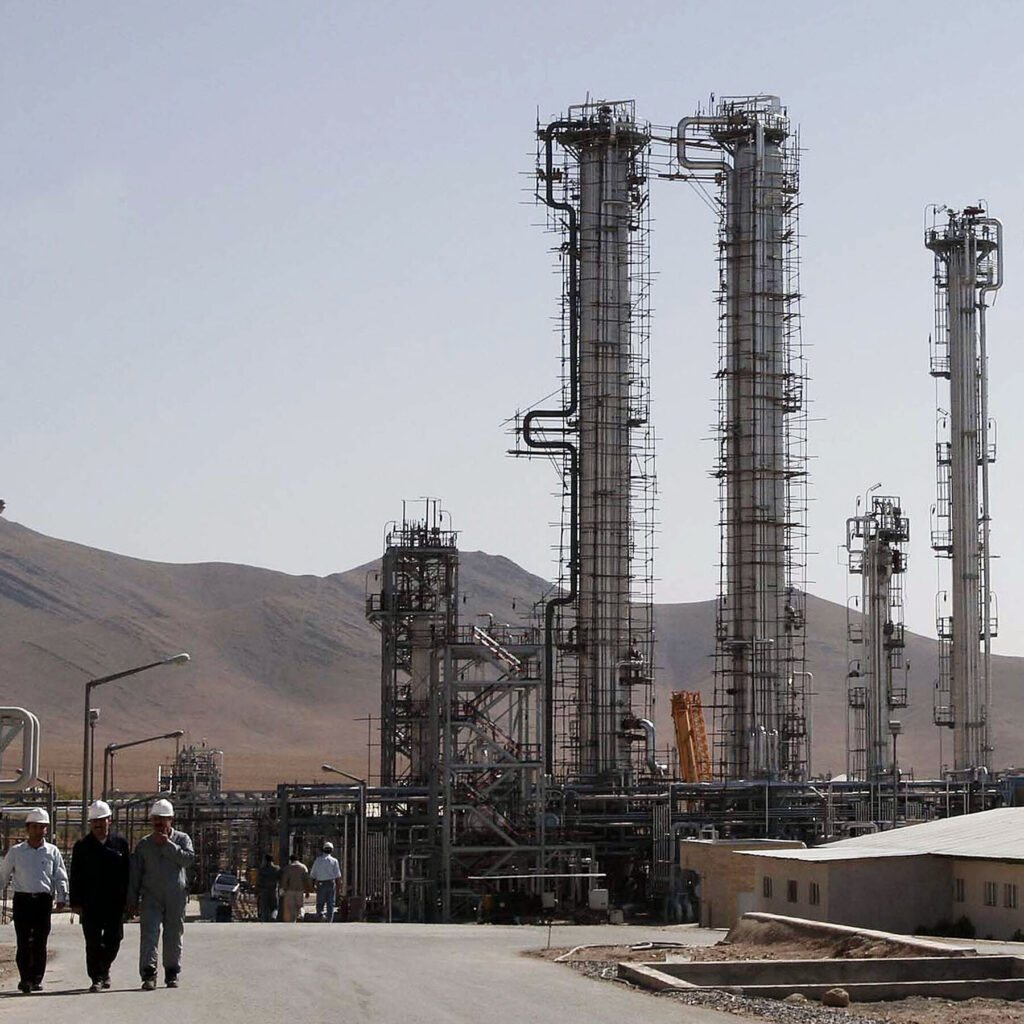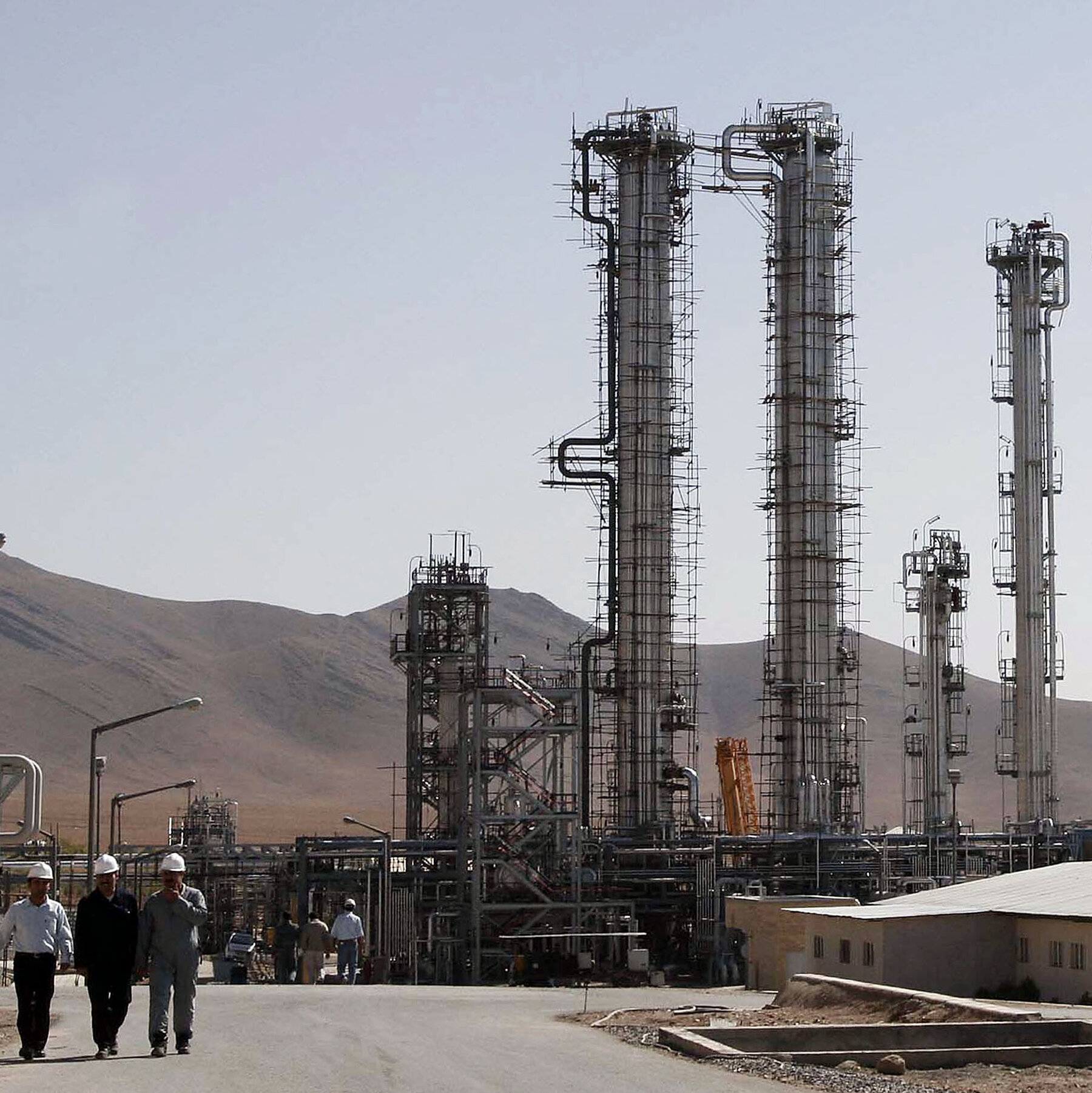Radiation Risk From Israel’s Strikes on Iran Nuclear Sites Is Low, for Now
Radiation Risk From Israel’s Strikes on Iran Nuclear Sites Is Low, for Now

The radiological threat from the targets of the earliest attacks are relatively minor.
Read the full article on NY Times Science
Truth Analysis
Analysis Summary:
The article's claim about the low radiation risk from the initial strikes appears mostly accurate, based on the available sources. The sources confirm the strikes occurred and mention monitoring of radiation levels. There is minimal apparent bias, with the article focusing on the scientific aspect of radiation risk.
Detailed Analysis:
- Claim:** "The radiological threat from the targets of the earliest attacks are relatively minor."
- Verification Source #3: Mentions that outside of the facility, radioactivity is at a normal level. This supports the claim that the radiological threat is relatively minor.
- Verification Source #5: Mentions Iranian officials monitoring radiation levels at the Natanz enrichment facility, implying a concern for radiation but not necessarily confirming a major threat.
- Verification Source #1, #2, and #4: Focus on the strikes themselves and the political ramifications, but do not directly address the radiological threat. They *fail to cover* this specific claim.
Supporting Evidence/Contradictions:
- Verification Source #3: "Outside of the facility, radioactivity is at a normal level..." This directly supports the claim of a relatively minor radiological threat.
- Verification Source #5: The mention of monitoring radiation levels suggests a potential concern, but does not contradict the claim that the initial threat is relatively minor. It implies that monitoring is in place to ensure it remains minor.
- Verification Sources #1, #2, and #4: These sources provide context about the strikes but do not offer information about radiation levels, so they neither support nor contradict the claim.

